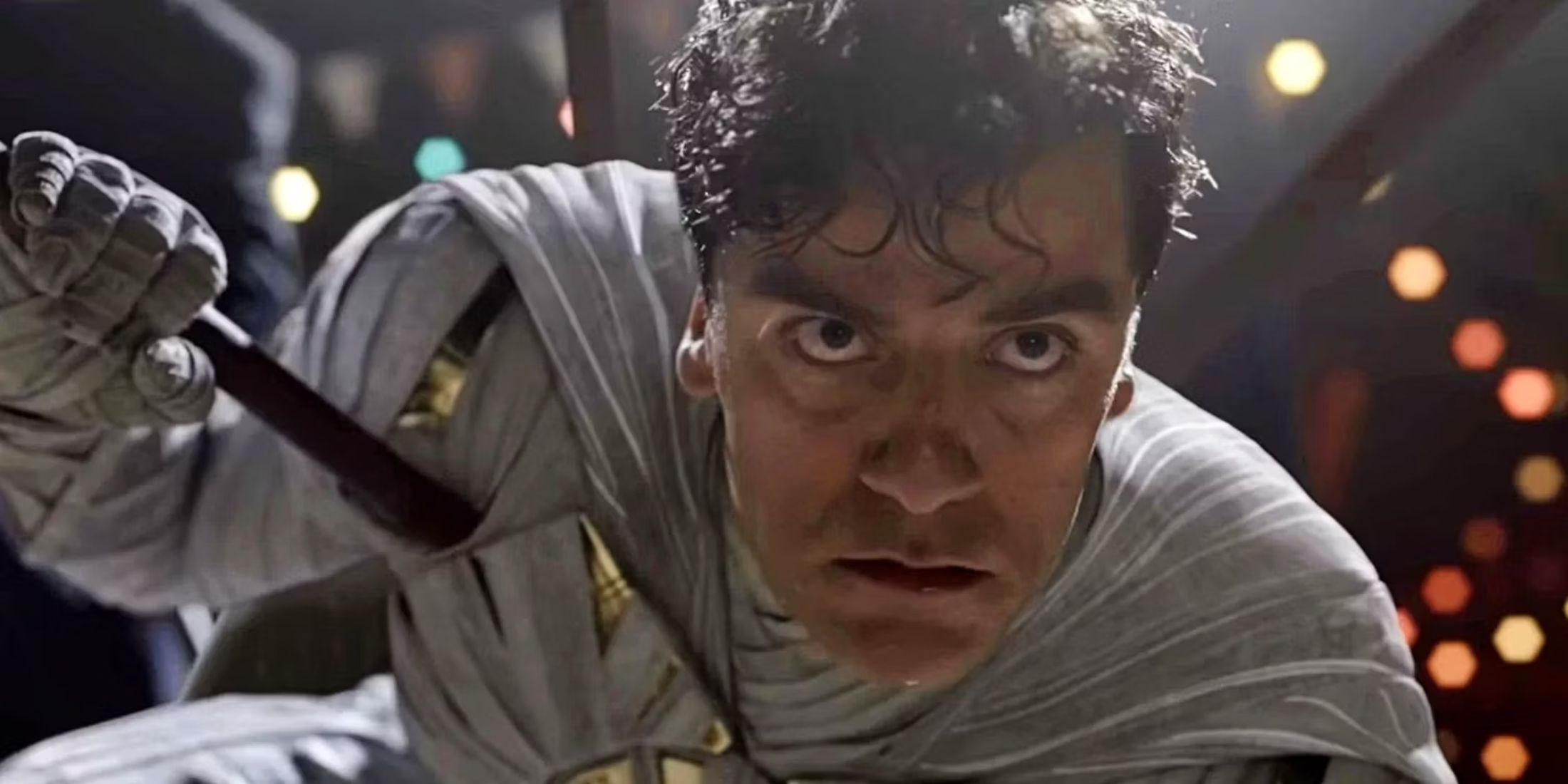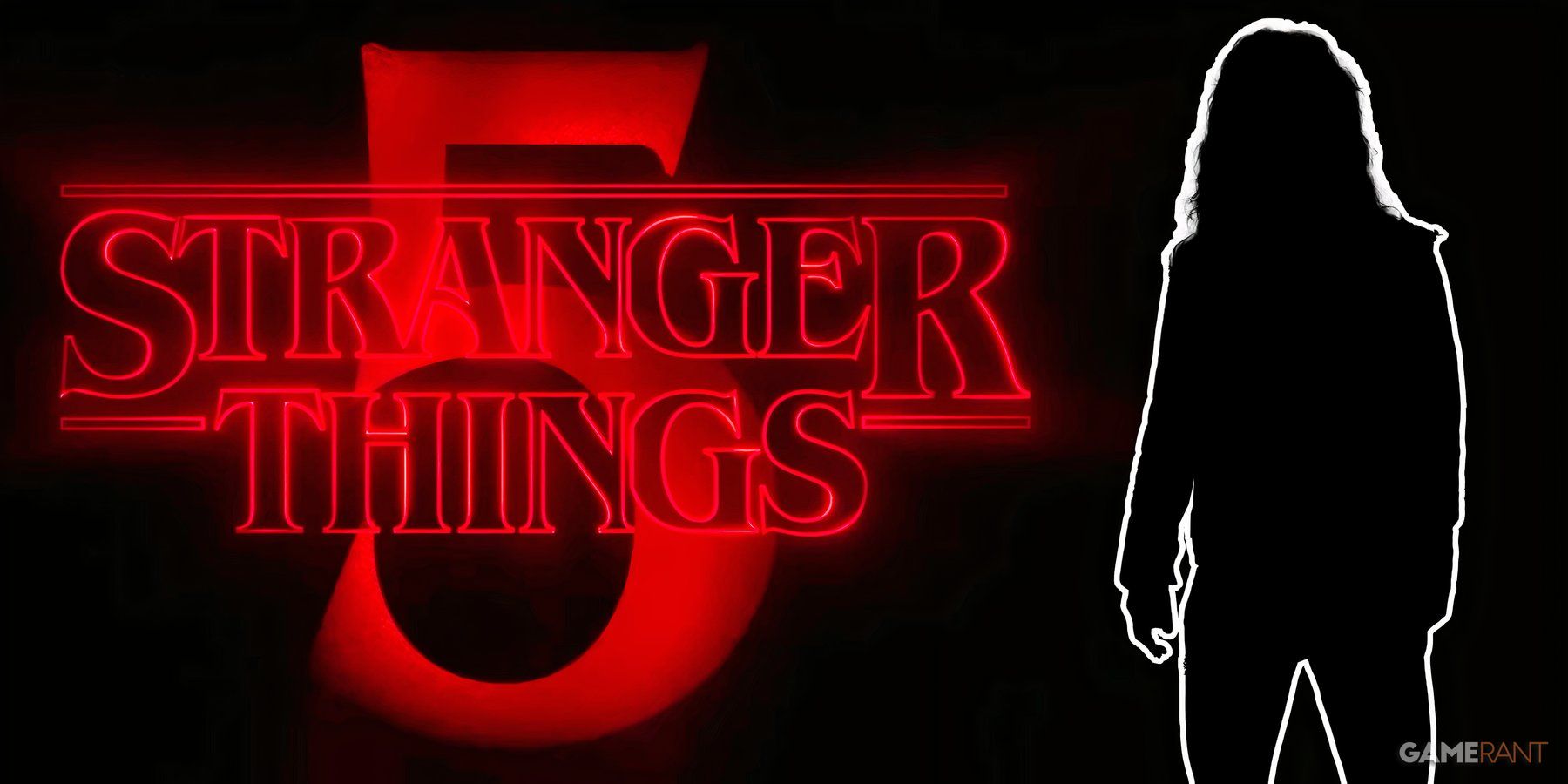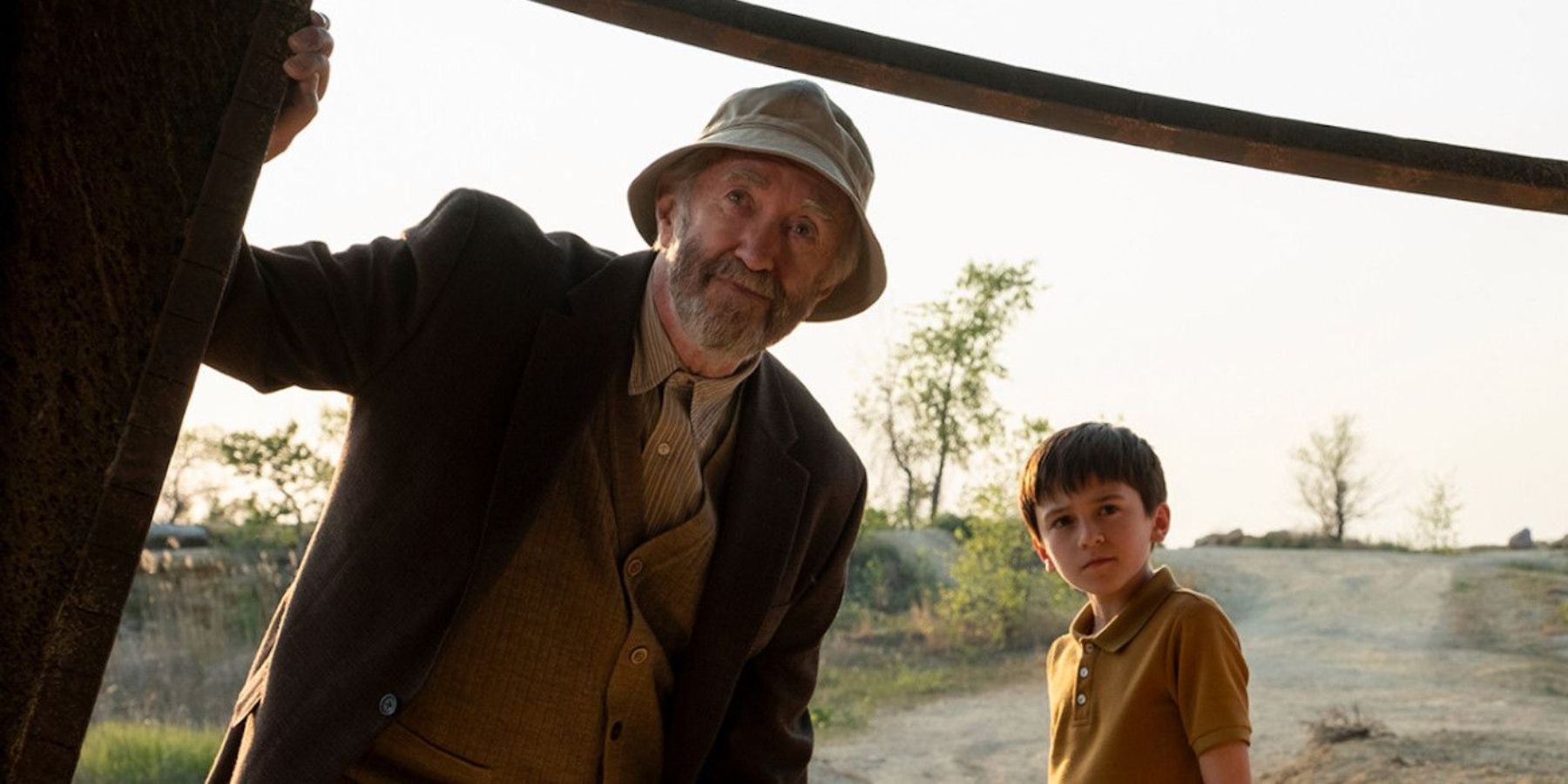Nathaniel Halpern’s Tales from the Loop is a strange addition to the sci-fi genre that may have flown under most audiences' radar. The Amazon prime original, based on the paintings by Simon Stålenhag, is a wonderfully slow-paced science fiction drama that finds itself sitting comfortably in a world slightly adjacent to our own. It follows the Stranger Things not quite 80s vibe, all while doing something remarkably unique. The program is a beautiful and heartfelt character-centric drama that uses the stage of science fiction in an unfamiliar and exciting way.
The sci-fi elements take the form of wandering robots, strange metallic relics, and mythical creatures, that all seem to be mysterious consequences of ‘The Loop,’ an underground facility in Mersa Ohio, which is devoted to the study of a strange artifact - a giant floating rock formation that seems to have a heartbeat. The mysteries of what this thing is, and how it is affecting the small town seem not only insignificant to the citizens, strangely complacent in the oddness surrounding them, but also to the writers. The strange and fantastical science fiction act as an almost throwaway backdrop for what the program is really about: people.
The program is an anthology, each episode focusing on a different character, similar to the style of Mike Flannagan's projects. What’s refreshing about this is that the protagonist of one story has often been a minor character in another, constantly self-referencing and linking the lives of the townspeople. Switching between protagonists like that, all while keeping the faces audiences have grown to know in the sidelines, keeps the show exciting, constantly encouraging people to look past a character's facade. It turns what could have been an infuriatingly slow-paced narrative into a multigenerational story filled to the brim with life and secret nuance.
The episodes follow the character(s) and their journey(s) as they interact in various ways with relics or areas of effects caused vicariously by The Loop, a refreshingly absent anchor point for the entire program. We hear this from the mouth of Russ (played by the enigmatic Johnathan Pryce, also known for his role as the High Sparrow in Game of Thrones) who states right at the start of episode one: "everyone in town is connected to the loop in one way or another. You’ll hear all their stories, in time."
A man who buys a robot to protect his family, two boys who stumble across a rusted pod that can switch their souls, each story seemingly focusing on these artifacts and their special abilities. As each story unfolds however it becomes more and more apparent that audiences will never know the reasons behind these relics and devices, and that their mystery and origin are secondary to the character's arc they facilitate. Halpern is using the genre to tell heartfelt stories from various walks of life that resonate with everyone, in a way that is reminiscent of Netflix's Black Mirror.
The series starts with a story seemingly about a girl looking for her lost mother that turns into a self-reflection of characters who desperately try to avoid it, but end up exactly like their parents. Audiences are then presented with the tale of two boys who switch bodies, and while the magic - for want of a better word - of the relic that allowed them to do this is important, the story is really about the fear of growing up that people are not going to amount to what they strive for. It also touches on economical differences and privilege, and how these affect people's opportunities in life, in a way that is akin to the award winning film Parasite.
Most poignant of all is perhaps the story of May who falls in love with another boy while still in a relationship, and uses a device that can stop time to avoid all responsibility over the people she might hurt. She uses the device to spend time with her lover, in a frozen moment of time, so she can avoid the heartache of ending her existing relationship. She feels trapped; like this moment is the only space she can find to be with the boy she loves, where the world won’t get in the way. While the science fiction of this plays a part in the story, like it does at every stage of this anthology, the tale is really about her detrimental fear of being alone, as well as her unhealthy relationship with friends and family. This is a far more poignant and arguably accurate example of time-travel than others previously shown on films like Predestination.
Tales from the Loop is a strange concoction of genres audiences are very familiar with, using tropes from both, but takes it in a different direction. In a time of fast-paced science fiction thrillers, or space-age horror flicks, it’s nice to find the time to focus on the intricacies and nuances of people. While at times the program feels like it’s dangling the unsolvable in audiences' faces to entice them in, concocting a facade of a complex and rich world that is simply unattainable, the show really shines when it comes to the human heart and the rich intricacy of people.






